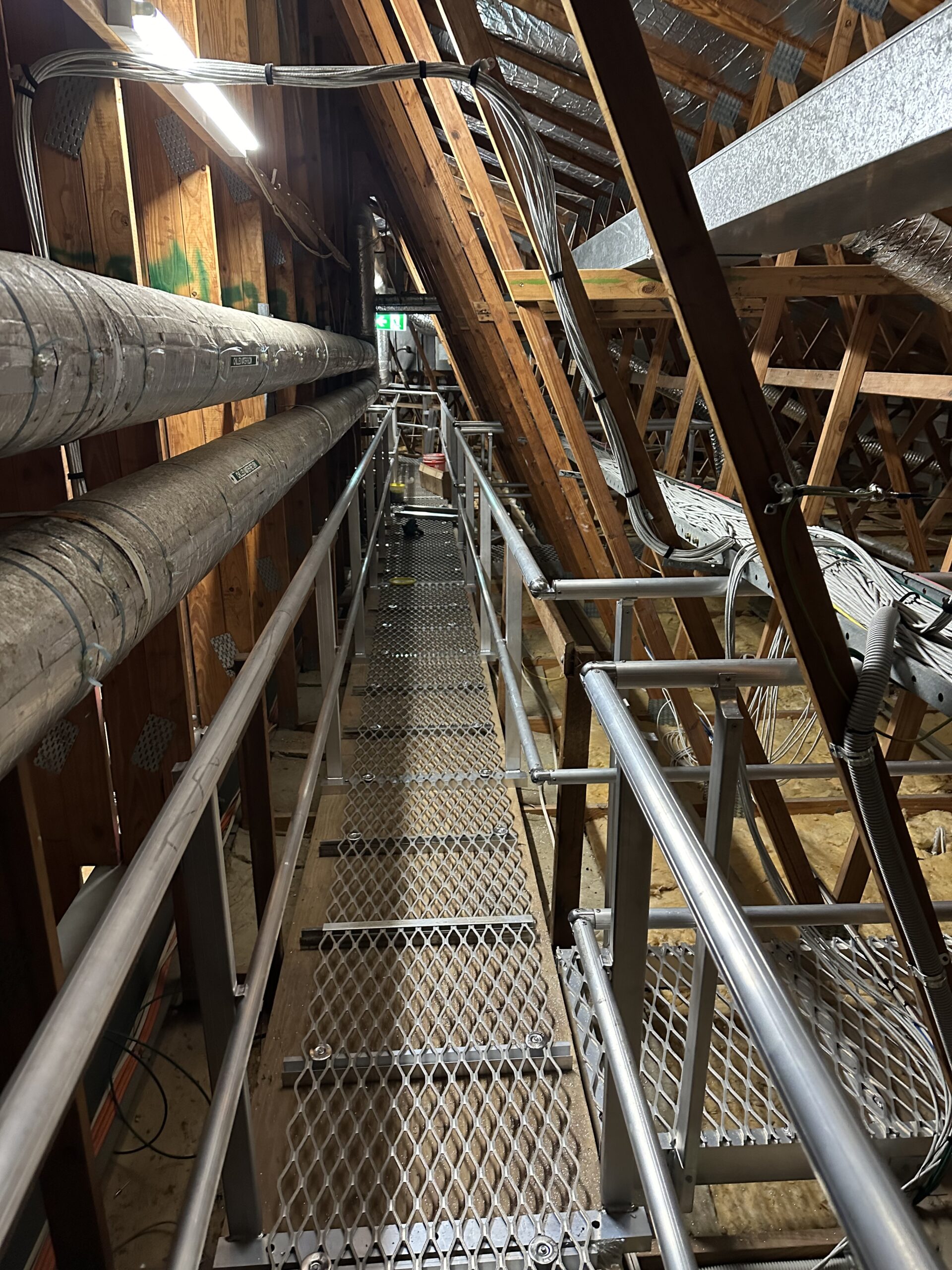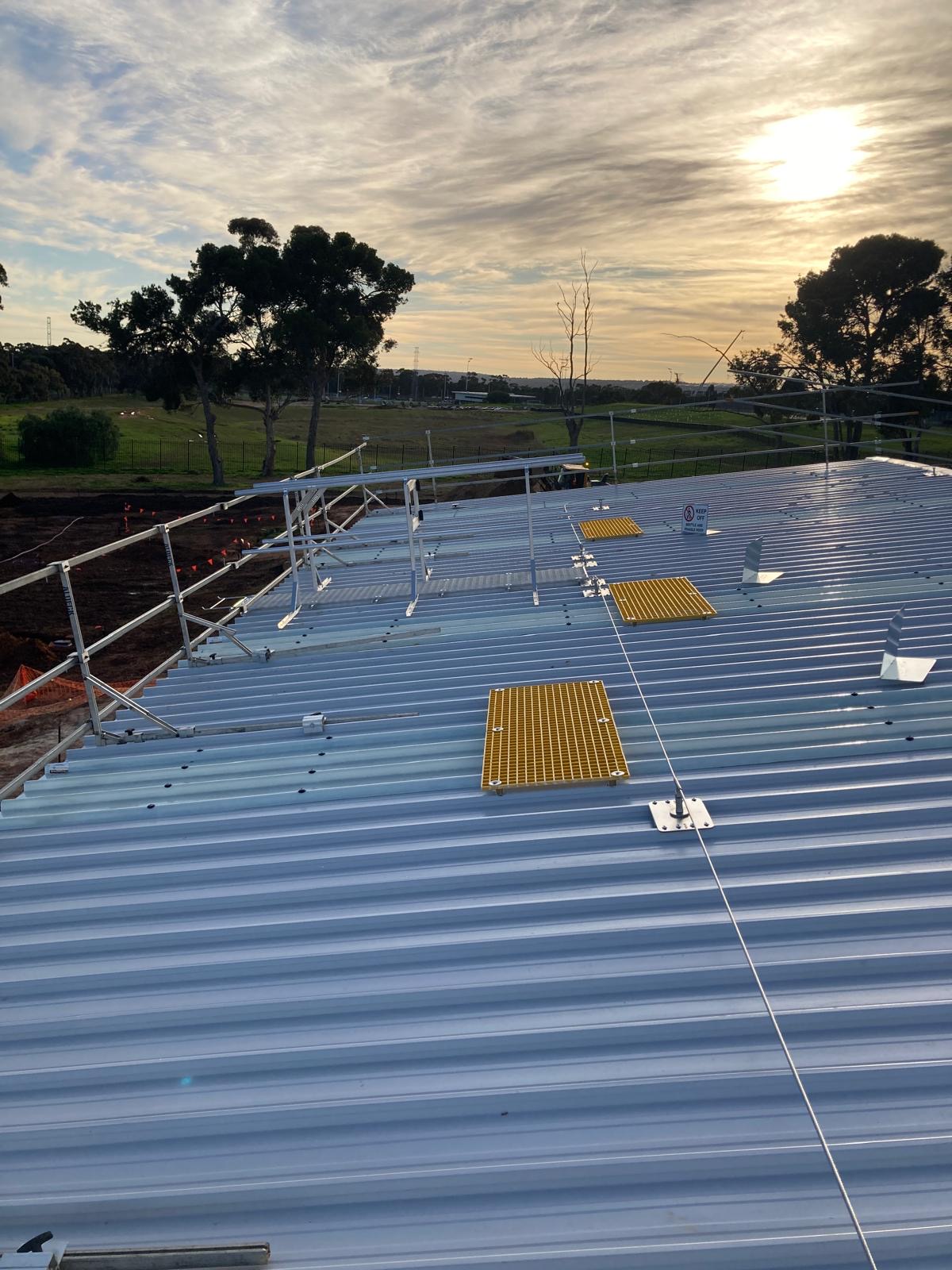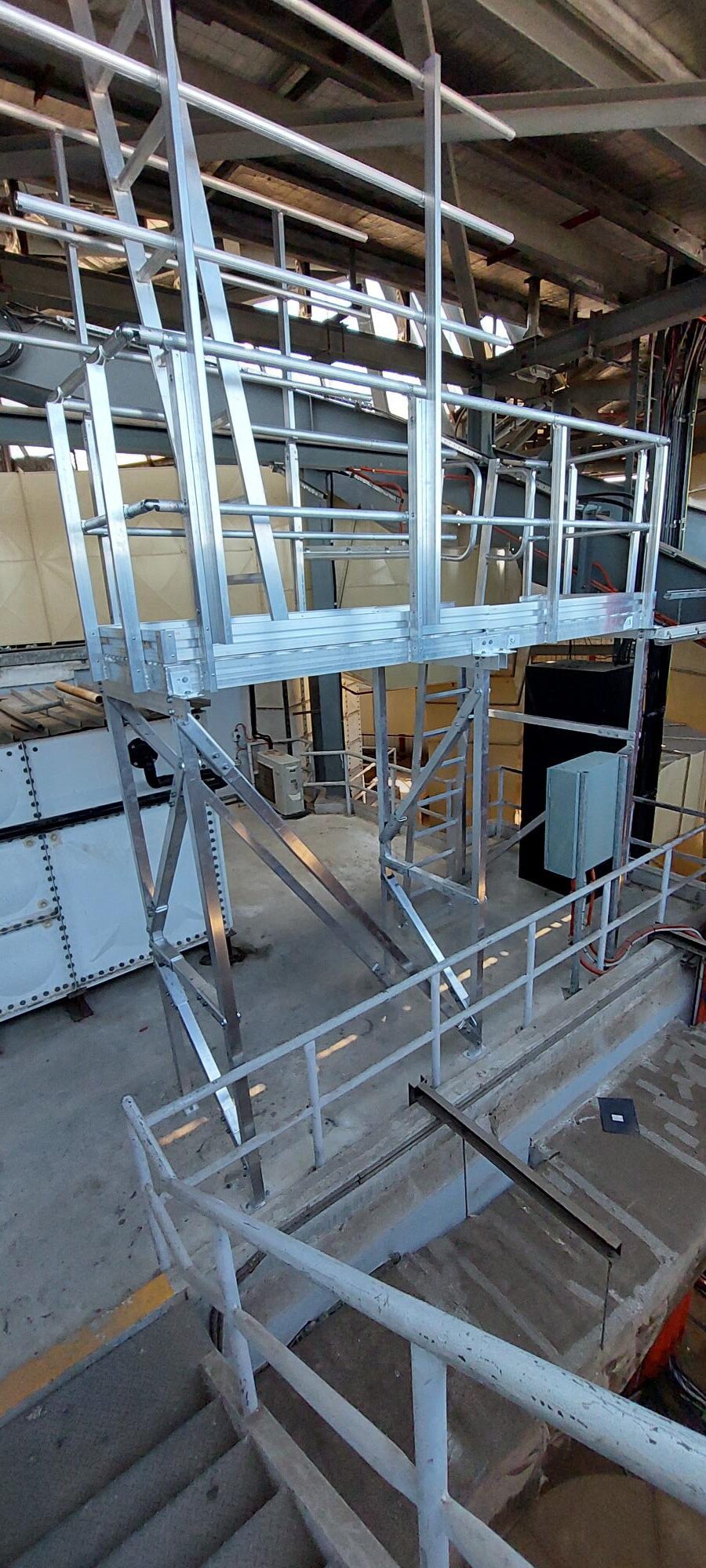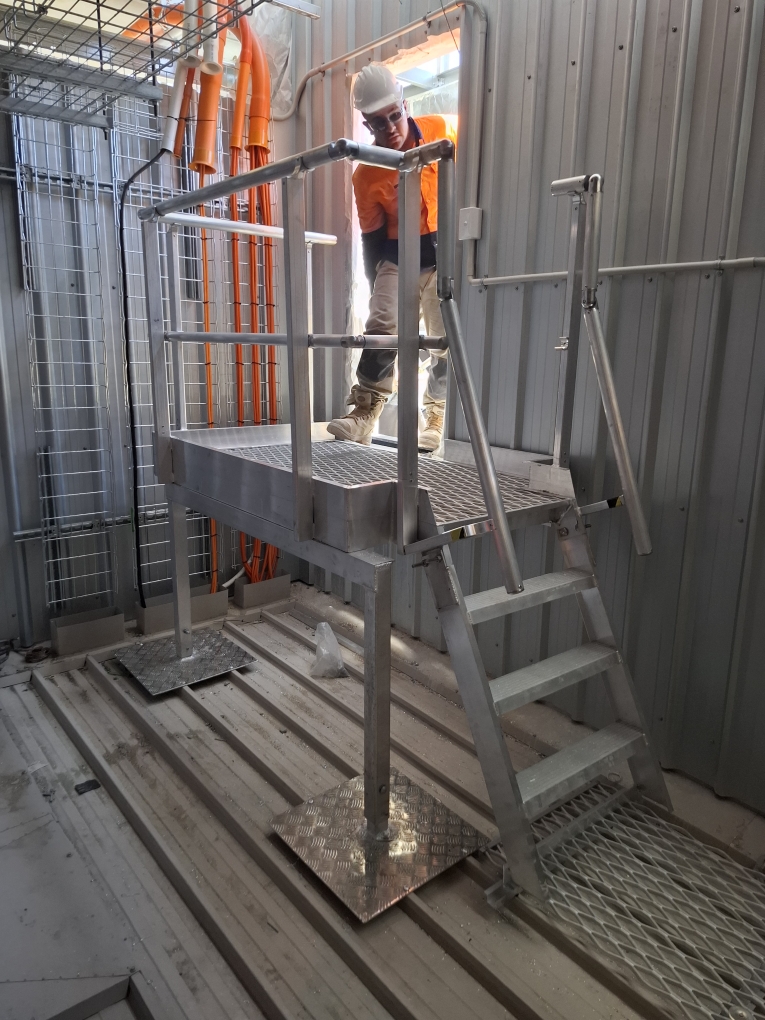Accessing equipment in ceiling spaces poses a range of safety risks for workers. For facility managers, building owners and maintenance personnel, understanding relevant safety measures is crucial to ensure compliance with regulations and protect workers from potential hazards.
Here’s everything you need to know about keeping workers safe when accessing equipment in ceiling spaces.
Understanding the risks
Ceiling spaces often contain various types of equipment, including HVAC systems, electrical wiring, plumbing and telecommunications infrastructure.
Alongside the obvious risk of falls from heights, accessing these areas can expose workers to risks including:
- Electrical hazards
- Exposure to hazardous materials (for example, asbestos)
- Confined space dangers
- Unstable or fragile surfaces.
To mitigate these risks, it’s essential to implement a range of safety measures and adhere to Australian standards and regulations.
Relevant Australian standards and regulations
When dealing with access to ceiling space equipment, the following key standards and regulations must be taken into consideration:
- AS/NZS 1891 series: Industrial fall-arrest systems and devices
- AS 1657:2018: Fixed platforms, walkways, stairways and ladders – Design, construction and installation
- AS/NZS 4488: Industrial rope access systems
- Work Health and Safety (WHS) Regulations.
These standards work in conjunction with the WHS Regulations, which mandate the use of appropriate fall protection measures and risk management strategies.
Together, they ensure that workers can safely access and maintain ceiling-mounted equipment while minimising the risk of falls.
Safe access solutions
To ensure safe access to ceiling space equipment, consider implementing the following solutions:
- Permanent access systems
Installing permanent access systems can significantly improve safety and efficiency. Options include:
- Fixed ladders: Compliant with AS 1657:2018, fixed ladders provide a secure means of accessing ceiling spaces. These need to be equipped with appropriate fall protection features, such as cages or fall arrest systems.
- Platforms and gantries: Where frequent access is required, installing permanent platforms or gantries can provide stable working surfaces and reduce the risk of falls.
- Temporary access equipment
For less frequent access needs, temporary solutions may be appropriate:
- Portable ladders: Use industrial-grade portable ladders that comply with AS/NZS 1892. Ensure they are set up correctly and secured to prevent slipping.
- Mobile Elevated Work Platforms (MEWPs): For higher ceiling spaces, MEWPs such as scissor lifts or boom lifts can provide safe access. Operators must be properly trained and licensed.
- Fall protection systems
Implementing fall protection systems is crucial when working at heights:
- Anchor points: Install certified anchor points compliant with AS/NZS 5532:2013 to provide secure attachment points for fall arrest systems.
- Horizontal lifelines: For areas requiring lateral movement, horizontal lifelines offer continuous fall protection. These systems must be designed and installed in accordance with AS/NZS 1891.2.
- Personal Protection Equipment (PPE): Workers should be equipped with appropriate PPE, including full-body harnesses, lanyards, and connectors that meet AS/NZS 1891.1 requirements. RISSafety’s range of PPE can be viewed here.
- Safe work procedures
Developing and implementing safe work procedures is essential for ensuring worker safety. Conduct a thorough risk assessment before accessing ceiling spaces to identify potential hazards and determine appropriate control measures.
Implementing a permit system for ceiling space access ensures that only authorised and trained personnel can perform work in these areas.
Developing and communicating clear emergency response procedures is vital, including rescue plans for workers who may become incapacitated while working in ceiling spaces. Regular training and drills will ensure that all workers understand what to do in an emergency.
Compliance and documentation
Maintaining accurate documentation is crucial for demonstrating compliance with Australian standards and regulations. Keeping detailed records of equipment inspections, maintenance, and certifications, as well as copies of relevant permits and authorisations, is important.
Ensure you document worker training and competency assessments, as well as maintain up-to-date risk assessments and safe work procedures.
Conducting regular inspections of access systems, fall protection equipment, and ceiling space conditions can identify and address potential safety issues proactively.
RISSafety has more than 55 years’ experience conducting site compliance, height safety inspections and certifications throughout Australia and New Zealand. Our thorough height safety compliance inspections ensure compliance with all relevant Australian Standards, Codes, and Regulations to reduce risk.
Technological advancements
Emerging technologies can enhance safety and efficiency in accessing ceiling space equipment. Drones can help reduce the need for physical access for initial inspections, while remote monitoring systems have the potential to reduce the frequency of manual inspections.
Virtual Reality training can provide realistic training environments for workers, which can be conducted alongside regular training sessions.
Proper training helps workers identify potential hazards and implement appropriate safety measures, reducing the risk of accidents and injuries. This includes access equipment, fall protection systems and safe work practices specific to ceiling space environments.
Well-trained workers are more confident and efficient in performing their tasks, leading to improved productivity and compliance with safety regulations.
Ensuring safe access to equipment in ceiling spaces requires a comprehensive approach that combines proper planning, appropriate equipment, thorough training, and strict adherence to Australian standards and regulations.
By implementing these measures, facility managers and building owners can significantly reduce the risks associated with working in these challenging environments.
For expert guidance on implementing height safety solutions for ceiling space access, contact RISSafety. Our team of specialists can provide tailored solutions while ensuring compliance with all relevant Australian standards and regulations.



